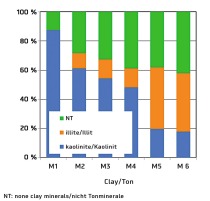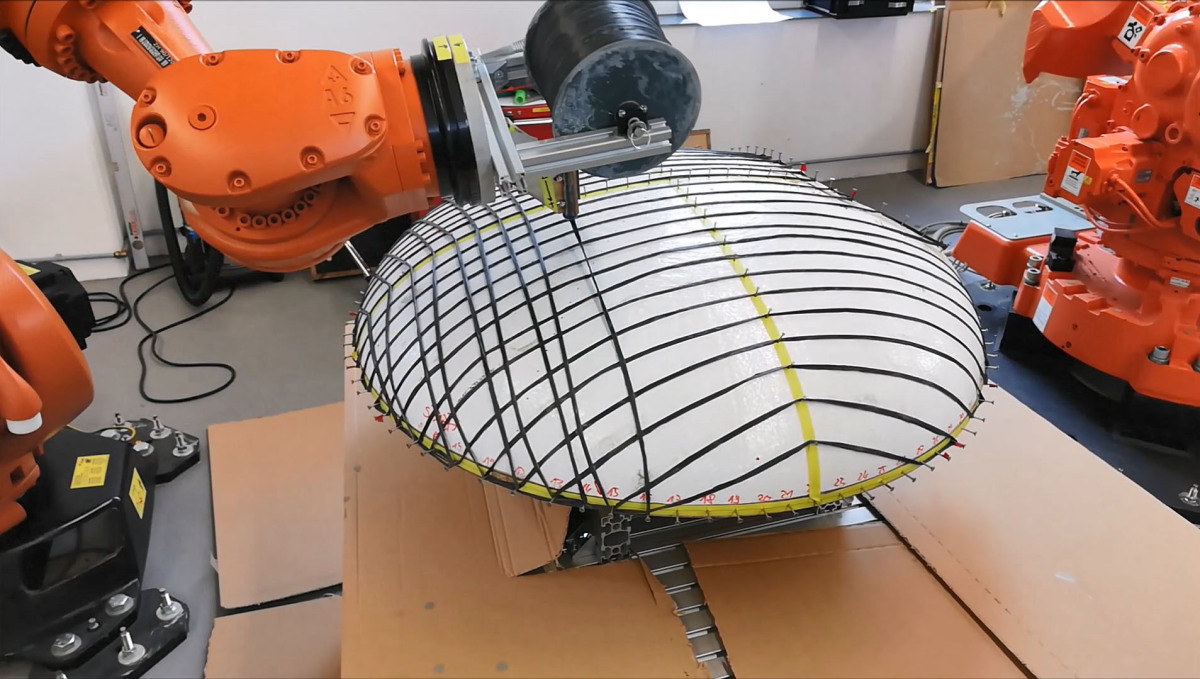British Standards Institution (BSI) launches new lower-carbon concrete guidance
25.09.2024New guidance to help the construction industry make a sustainable choice of concrete and accelerate progress towards Net Zero targets has been published by BSI.
‘Alternative binder systems for lower carbon concrete –– Code of Practice’ (BSI Flex 350 Version 2) recommends and demonstrates the potential of lower-carbon technology. It offers advice on assessing appropriate alternative binder systems (ABS) that can be used as lower-carbon concrete alternatives.
Suitable alternatives
This BSI Flex recommends a framework for assessing ABS concretes to facilitate their acceptance as suitable alternatives to the commonly used Portland cement-based concrete when designing and building structures.
Whilst this BSI Flex is focused on the application of ABS concrete within the UK, it provides a helpful guide for other countries when considering the use of ABS concrete.
The UK consumes 11.7 million tonnes of Portland cement per year, according to the European Ready Mixed Concrete Organisation, and as quoted in the ICE Low Carbon Concrete Routemap. This results in the emission of millions of tonnes of CO2, accounting for nearly 90% of the greenhouse gas emissions associated with concrete production.
ABS can be used to significantly reduce the emissions from the concrete binder, compared with Portland cement, while continuing to provide the many benefits of concrete construction.
For engineers and designers
The guide has been devised to help engineers and designers to specify and construct using low-carbon technologies, by providing relevant background, recommendations, explanations, guidance, and suggestions.
Low-carbon technologies are designed to produce less pollution than traditional ones and to help reduce greenhouse gas emissions. These technologies include, but are not limited to, the lower-carbon concrete binder alternatives such as geopolymer (GPC) or alkali-activated materials (AAM).
CONTACT:
BSI (British Standards Institution)
389 Chiswick High Road
London/UK




